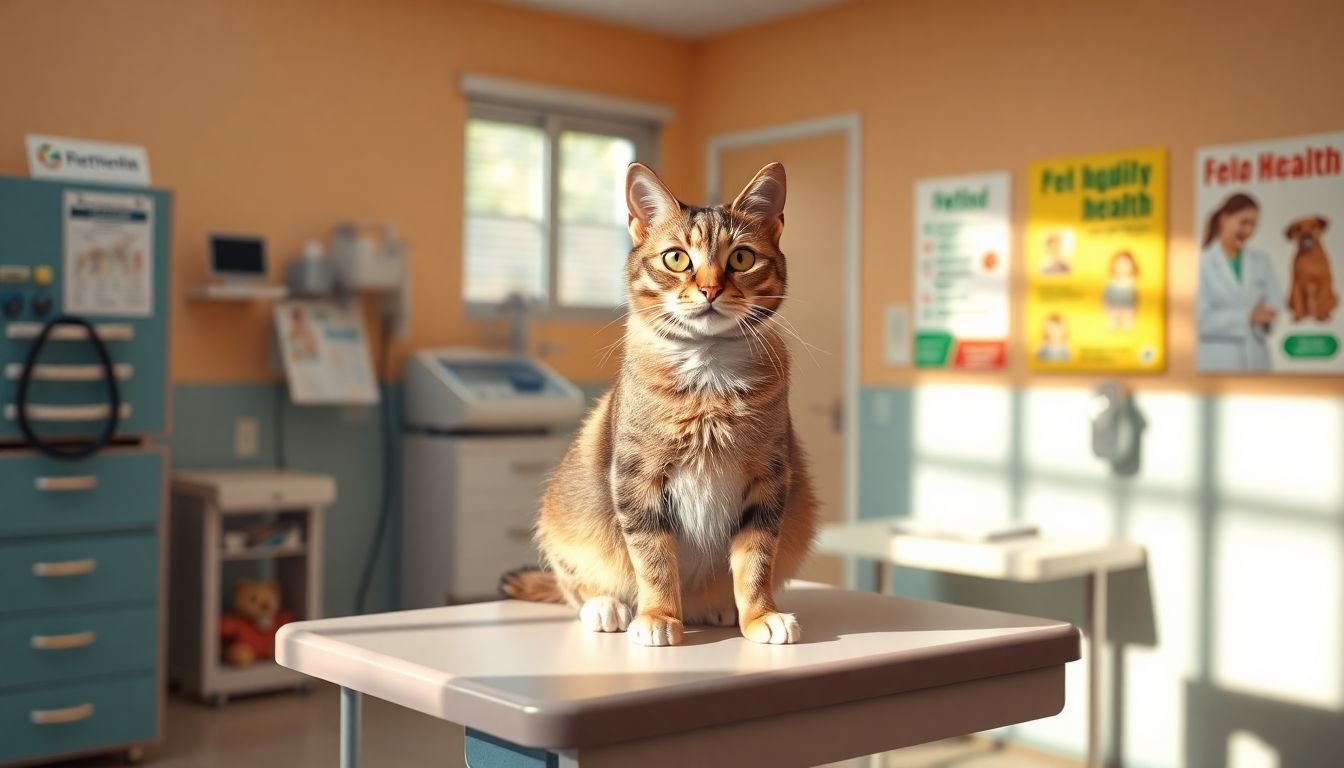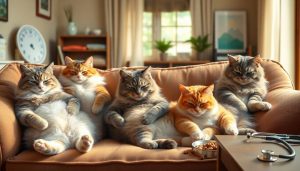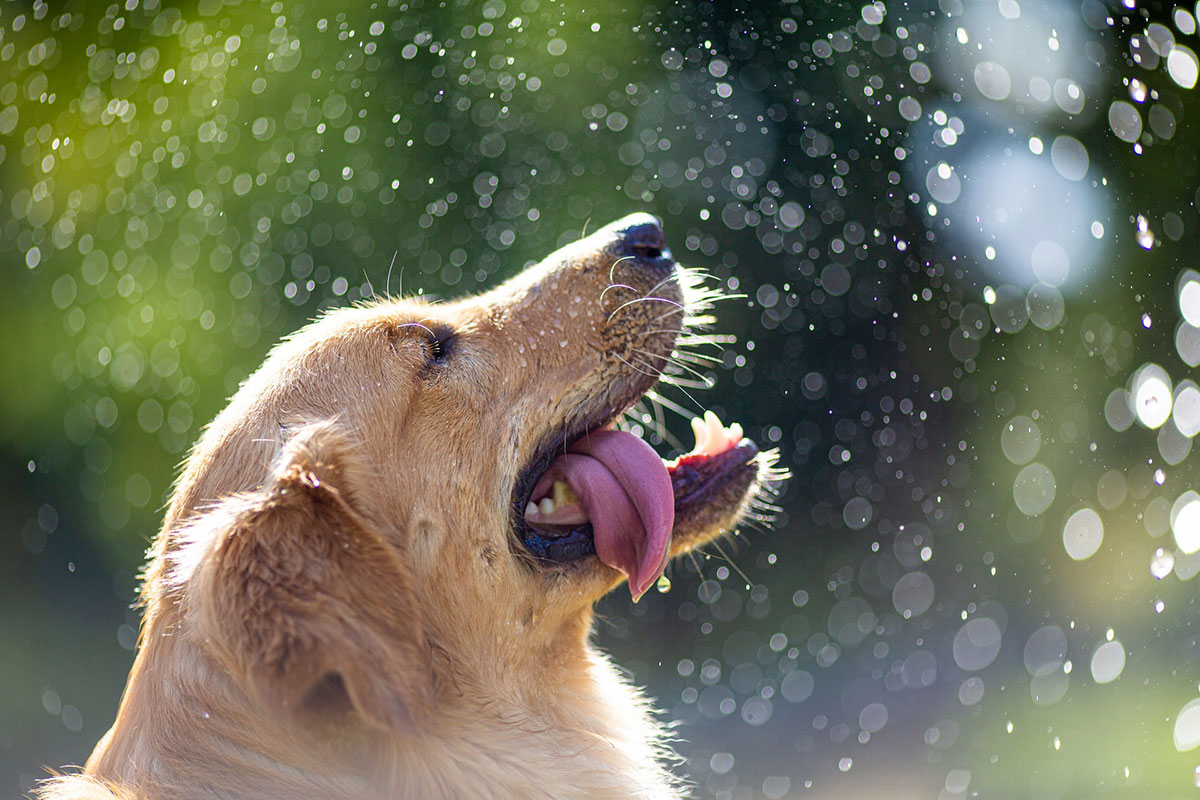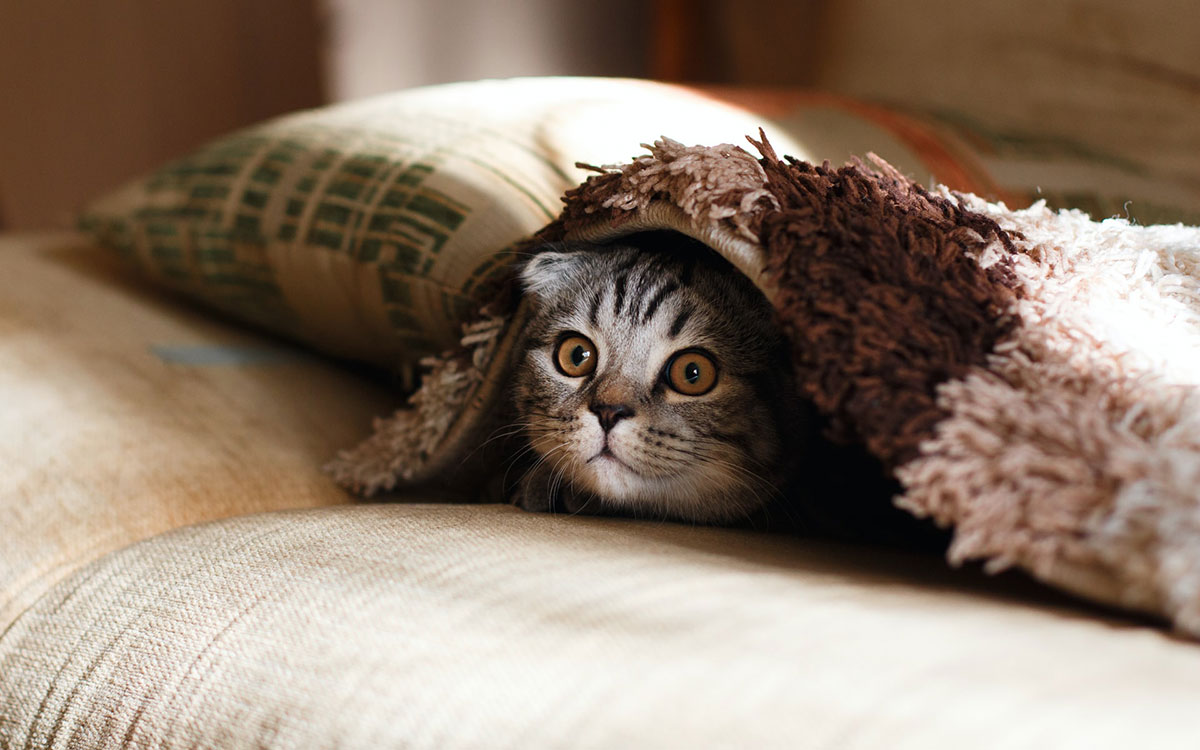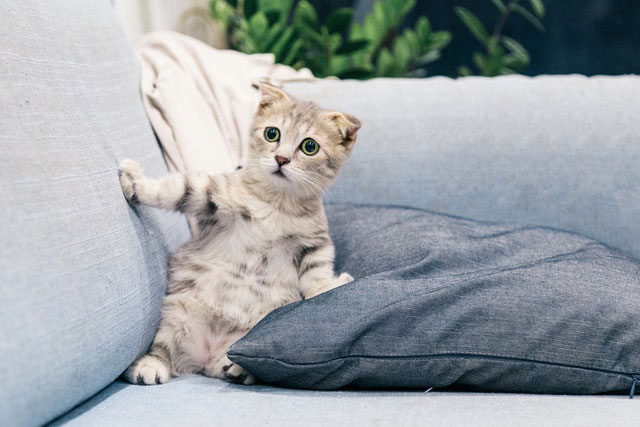Three-legged cats have been getting attention from owners who can see how adaptively these cats manage after limb loss. Their strength and courage teach us how to bounce back from hard times. But special needs come along with these animals to make their lives healthy and happy. Knowing their distinction helps us provide the very best support and create possibilities for a long and joyful life.
The Morphology of a Three-Legged Cat
Limb Loss
Most cats lose limbs due to traumatic incidents like car accidents. In other cases, congenital conditions or infections may require surgical amputation. Around 1 in 100 cats need amputation, with trauma or birth defects as common causes.
How Cats Adapt Physiologically
After losing a limb, cats quickly adapt by strengthening their remaining limbs and redistributing weight. This transition requires patience, but most cats regain their confidence and mobility over time.
Adaptation Mechanisms
Cats modify their movements by climbing differently, tilting their bodies, and adopting unique gaits to maintain balance. Their ability to recover is both inspiring and remarkable.
Popular Health Issues in Three-Legged Cats
Mobility and Balance Problems
Though cats adjust well, uneven surfaces and stairs can cause slips or stumbles. A vet should examine any hesitations in movement, especially when going upstairs, as falls can lead to further injuries.
Musculoskeletal Issues
Increased stress on remaining limbs can lead to early joint pain or arthritis. Regular vet visits can detect issues before they become serious.
Dermatological and Oral Health
Skin irritation can occur from rubbing one side more. Dental care is vital, especially for less active cats who may not groom as thoroughly. Maintaining hygiene helps prevent discomfort and infection.
Obesity and Weight Control
Activity levels may drop, leading to weight gain, which stresses joints. A managed diet and gentle exercise keep them fit and comfortable.
Veterinary Care and Monitoring
Regular Health Checks
Vet assessments should include joint, muscle, skin, and weight checks. Paying attention to subtle behavioral changes can help detect problems early.
Special Treatments and Interventions
Physiotherapy improves strength and flexibility. Acupuncture may help with pain. Vets can also prescribe medications or rarely recommend surgery for comfort.
Recognizing the Signs of Illness
Lethargy, appetite loss, or odd behaviors are red flags. Prompt vet visits often prevent more serious conditions from developing.
Tips for Caring for a Three-Legged Cat
Create a Safe and Accessible Environment
- Use ramps instead of stairs
- Add non-slip mats to key areas
- Clear sharp objects or clutter from pathways
Healthy Exercise and Enrichment
Use gentle toys and puzzles to keep them mentally and physically stimulated. Avoid high jumps or risky climbing to prevent injury.
Nutrition and Diet
Feed a balanced diet for weight and joint health. Consider supplements like glucosamine or omega-3s for added support.
Monitoring and Adjustment of Care Over Time
As cats age, their needs change. Regular vet checkups, medication updates, and home adjustments ensure ongoing comfort.
Real-Life Examples and Success Stories
Many owners share how their three-legged cats adjust beautifully. With love and patience, these cats can jump, play, and snuggle just like any other. Their resilience teaches us as much as we teach them.
Conclusion
Three-legged cats need a bit more attention and support, but their ability to thrive is remarkable. With the right care, environment, and regular vet visits, they can live long, happy lives full of love and joy.
